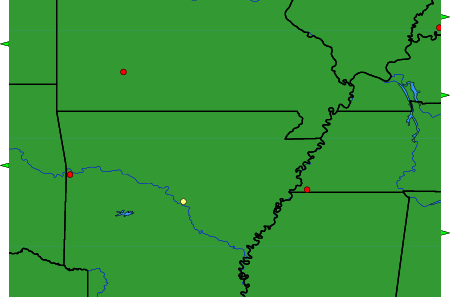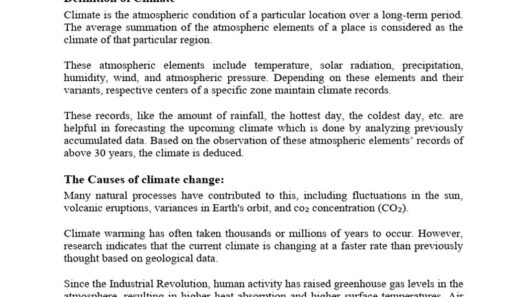The Moon, Earth’s only natural satellite, presents one of the most striking contrasts when it comes to climate and atmospheric conditions. Often, people gaze at the Moon in wonder, marveling at its luminous presence in the night sky. But what lies beneath that enchanting surface? How do environmental conditions differ from our own planet? This brings us to examine the Moon’s climate—a realm of extreme cold and an almost non-existent atmosphere.
To begin, it’s essential to understand that the Moon lacks a significant atmosphere. On Earth, our atmosphere plays a critical role in regulating temperature, protecting us from harmful solar radiation, and maintaining life. Conversely, the Moon’s atmosphere, or lack thereof, is a stark reminder of how vital this gaseous envelope is for habitability. Composed mainly of trace gases, including helium, neon, and hydrogen, the lunar atmosphere is so thin that it is often referred to as an exosphere. In essence, the Moon does not have the conditions required to maintain a stable atmosphere, which leads to its dramatic climatic variations.
One of the most alarming characteristics of the Moon’s climate is the temperature fluctuations. Without an atmosphere to insulate, the surface temperature on the Moon can experience extreme conditions. During the lunar day—when sunlight bathes the surface for about 14 Earth days—temperatures can soar to approximately 127 degrees Celsius (about 261 degrees Fahrenheit). In contrast, during the long lunar night—lasting another 14 Earth days—temperatures plummet to around -173 degrees Celsius (approximately -280 degrees Fahrenheit). Imagine the stark transition from scorching heat to bone-chilling cold in a matter of moments! How could any life form withstand such adversities?
This raises a playful yet intriguing question: if hypothetically, humans could live on the Moon, would they carry more sunscreen or thermal gear? It’s a fun thought experiment that illustrates the paradox of lunar temperatures. The lack of atmospheric pressure not only affects temperature but also contributes to the desolate and inhospitable conditions that characterize the Moon.
Upon further examination, it becomes apparent that the Moon’s harsh climate poses significant challenges for potential lunar exploration and colonization. The absence of weather phenomena, such as wind and rain, means that geological activities, including dust storms, are non-existent. However, the Moon’s surface is perpetually bombarded by micrometeorites and solar radiation, creating a challenging environment in which long-term human presence would be perilous. This makes the development of technology and infrastructure capable of withstanding these extreme conditions a paramount challenge.
Moreover, the Moon’s extreme temperature swings present another hurdle. Any spacecraft, habitat, or exploratory rover would need robust materials and energy solutions to endure the relentless heat of the sun during the day and the frigid cold of the lunar night. Engineers and scientists must innovate continually, designing thermal protection systems and researching lunar resources to support human existence on the Moon.
In addition to temperature variances, the lunar regolith—composed of fine dust and rocky particles—poses another significant vulnerability to both equipment and potential inhabitants. This regolith can create abrasive conditions that impede machinery and pose health risks for astronauts. Moreover, lunar dust is electrostatically charged, making it stick to surfaces and challenging to remove, potentially harming sensitive instruments. Addressing these issues is vital for successful lunar missions.
Interestingly, despite its prohibitive environment, there exists a fascination with the Moon’s potential for scientific discovery. The extreme cold and lack of atmosphere could offer unique opportunities for studying cosmic phenomena. For instance, understanding how the lunar surface interacts with solar wind could provide insights into both the Moon’s history and the evolution of our solar system.
In recent years, there has been a resurgence of interest in lunar exploration, both by government space agencies and private companies. This reflects the growing recognition that the Moon may offer valuable resources, such as water ice, which could be crucial for long-term lunar habitation and conversion to hydrogen and oxygen fuel. Such advancements could prove beneficial not only for lunar missions but also for future journeys to Mars and beyond.
The lack of atmosphere on the Moon may ultimately present an opportunity for unique scientific experiments. For instance, this environment can facilitate the study of cosmic rays and the effects of low gravity on biological organisms. It can help us understand how life might adapt to extreme conditions, potentially guiding future missions to other celestial bodies with similar challenges.
As we delve deeper into the mysteries of our solar neighbor, the question remains: can humanity conquer the Moon’s extreme climate challenges? As technology advances and our understanding improves, we may inch closer to translating lunar dreams into reality. The Moon might remain a stark, barren landscape today, but with the right resolve, innovative thinking, and persistent exploration, it could evolve into a launching pad for humanity’s next great adventure in the cosmos.
In conclusion, the Moon’s climate embodies a realm where extreme cold meets the absence of an atmosphere, presenting a multitude of challenges and opportunities. While the harsh conditions may deter life as we know it, they could serve as a canvas for scientific exploration and innovation. Thus, as we gaze upon the Moon, let us ponder not just its beautiful surface but the vast potential that lies within its challenging climate. The future may hold more than just lunar dreams; it may unlock doors to the solar system and beyond.








